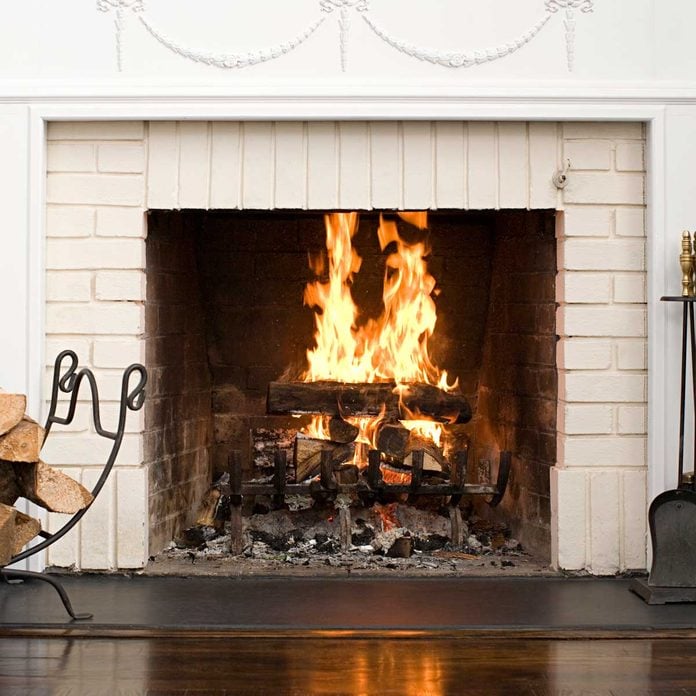
Fireplace Safety Check
Before the temperature starts to fall, there are several things you can do to make sure your wood-burning fireplace is safe and efficient. The National Fire Protection Association recommends chimneys be swept at least once a year, at the beginning of winter, to remove soot and debris.
You can find a certified chimney sweep at Chimney Safety Institute of America. Also, make sure you’re familiar with how to work a fireplace before you attempt to start a fire.
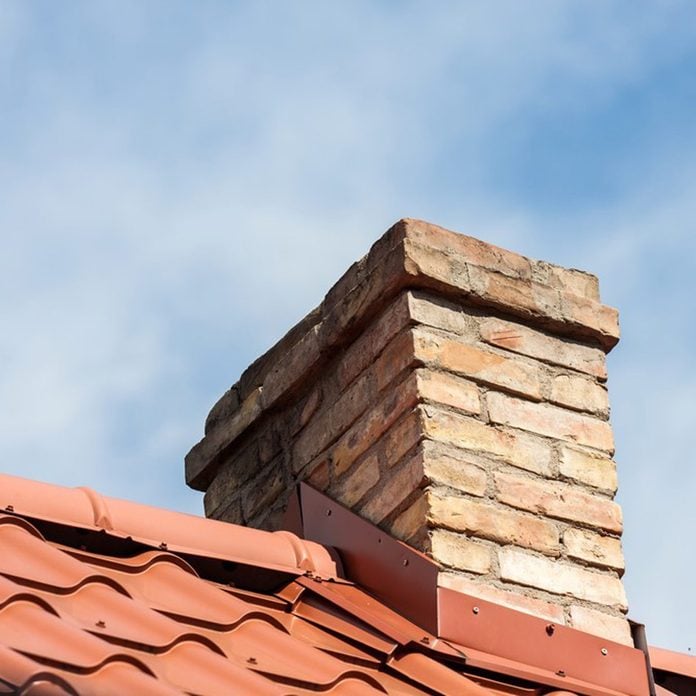
Check Chimney for Cracks
Before that first fire of the season, check the chimney structure for cracks, loose bricks or missing mortar. You should also check your chimney liner for signs of deterioration.
Cracks and spalling on the chimney exterior indicate chimney deterioration, so check your chimney crown or have a professional take a look.
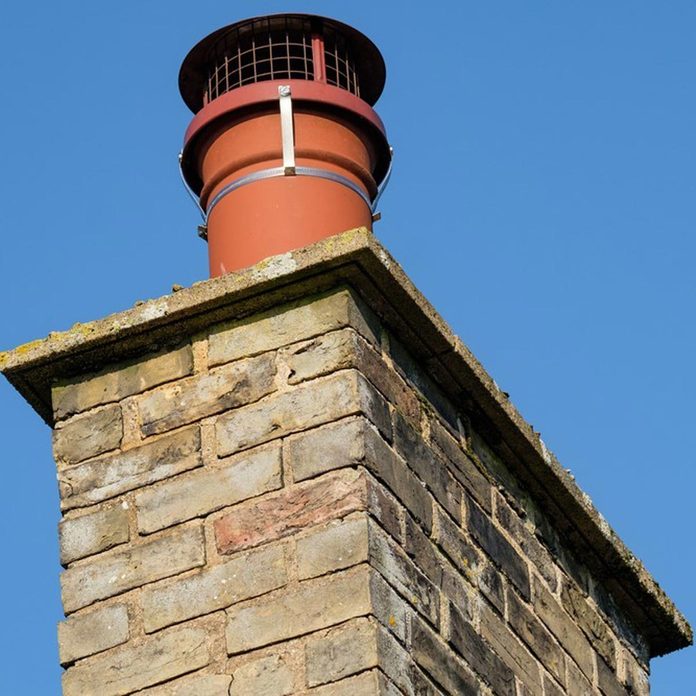
Cap It
Use a wire-mesh cap to cover the top of the chimney to keep birds, squirrels, rain and other debris from entering. The last thing you want while working your fireplace is to find some deceased animals coming down the flue. Caps can deteriorate over time, so be prepared to replace your rain cap if it’s corroded or been damaged by weather.
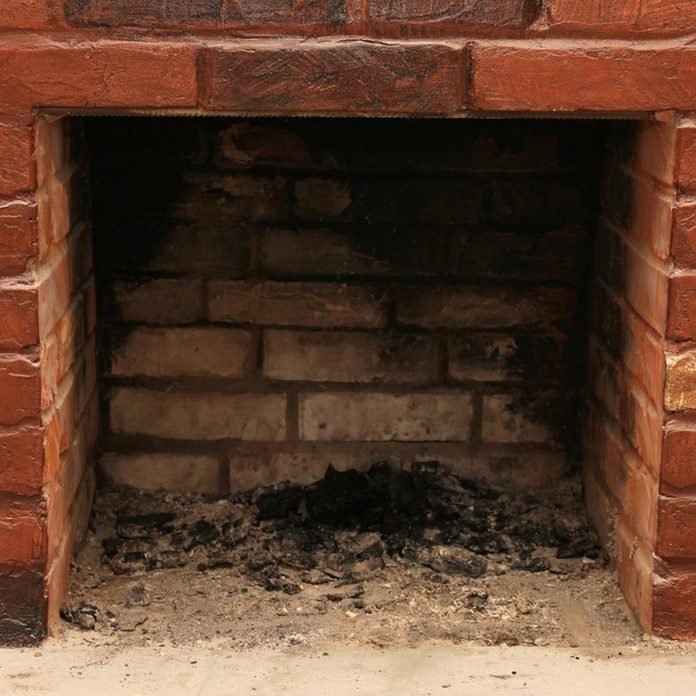
Check the Damper
The damper is a movable plate that sits above the fireplace before the flue. Make sure the fireplace damper is working properly. There should be no debris preventing it from opening and closing. This is a critical step in understanding how to start a fire in a fireplace.
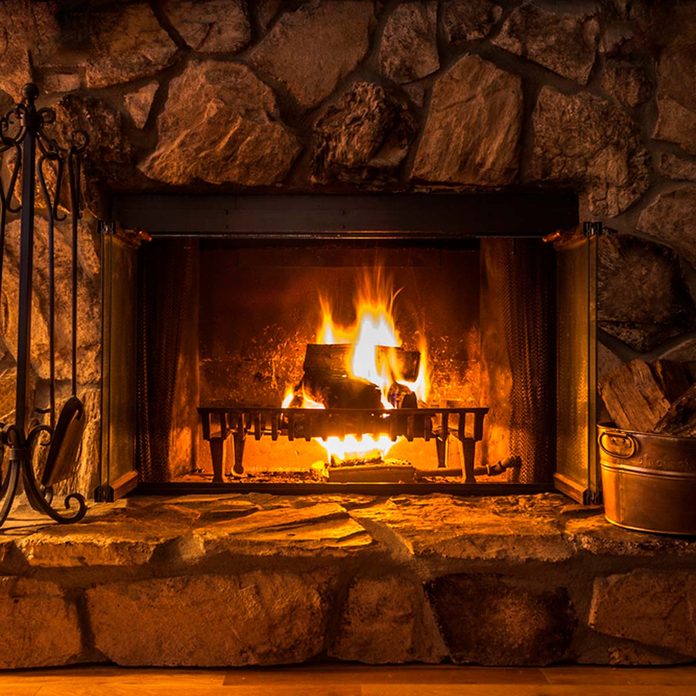
Check for Creosote Buildup
Creosote is a chemical mass of carbon formed when wood, tar or fossil fuels are burned. Creosote can linger in chimneys and you would have no idea it was present from the outside.
When creosote is not removed, it can become a thick coating of debris in the flue and chimney. Most chimney fires start in the smoke chamber/smoke shelf area so it’s important to clean those areas.
Creosote ignites at 451 degrees Fahrenheit and once it starts burning, it expands like foam sealant and can build to more than 2,000 degrees Fahrenheit in less than a minute.

Trim Limbs
Make sure there are no overhanging tree limbs encroaching on the chimney, and if so, trim or prune those limbs. Limbs can present a fire hazard and also restrict proper draft airflow in your fireplace.
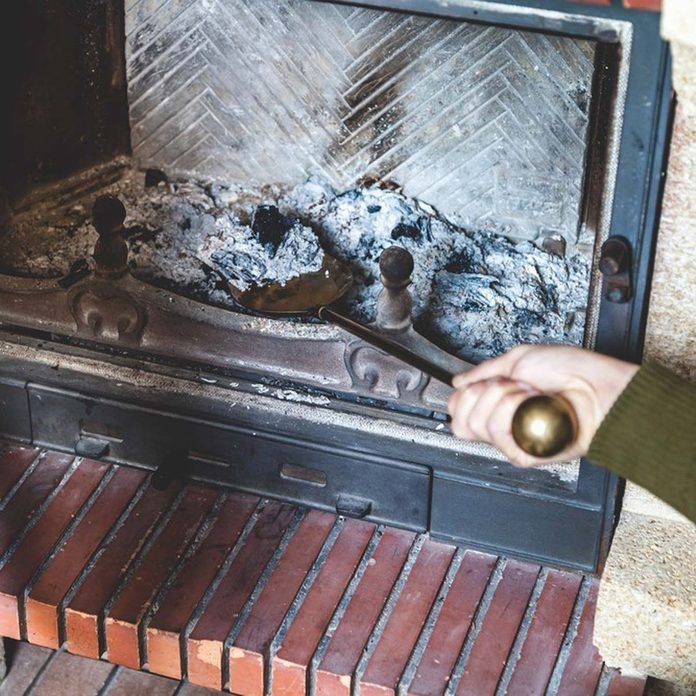
Clean Out the Ashes
Another important step to knowing how to work a fireplace is to make sure all ashes are cleaned out of the firebox before you start stacking wood for that first fireplace fire.
Simply sweep or vacuum the cold ashes and dispose of them outside. But you may want to keep a few ashes around to help build a fire in your fireplace. Make sure you know how to use fireplace ash.
Be aware that coals can remain hot for up to three days, which can become a fire hazard if they come in contact with flammable materials. It’s one of several important steps for preventing fires in your home. Next, read about how to clean fireplace brick.
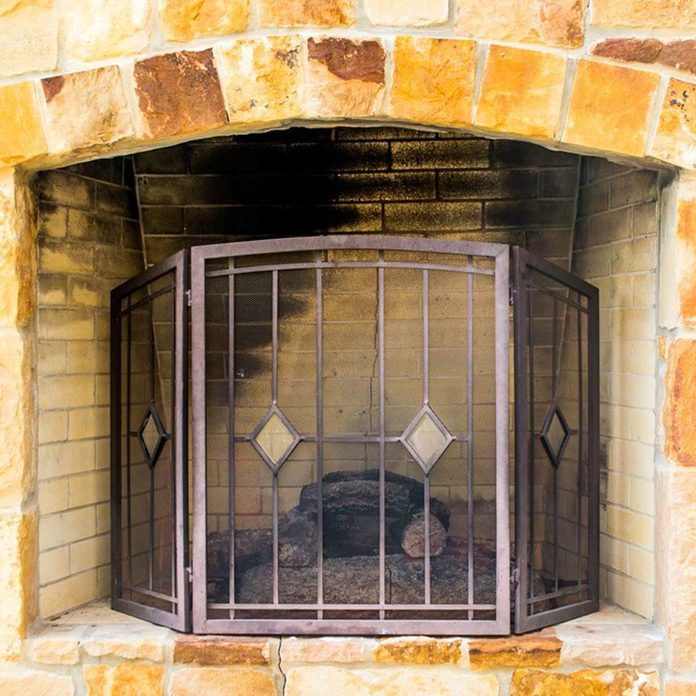
Fireplace Guard
To prevent hot embers from getting out, use a metal-mesh screen or glass fireplace doors. Don’t burn wood in your fireplace without a guard. Glass doors will need to be cleaned regularly too as they tend to get a bit dingy looking as the winter drags on.
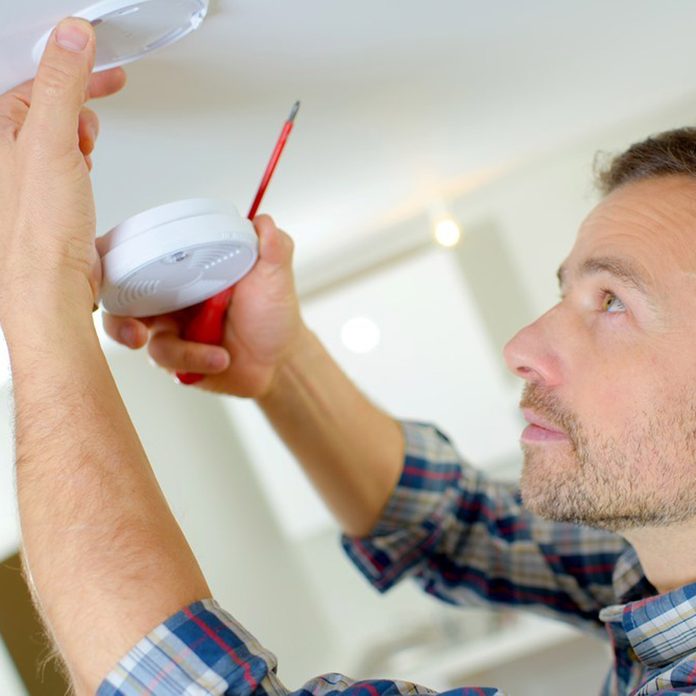
Check Alarms
Before starting a fire, make sure all of your smoke and carbon monoxide detectors are working. We don’t think we need to explain much further about why this is so important. Be sure to follow all of our smoke alarm maintenance tips.
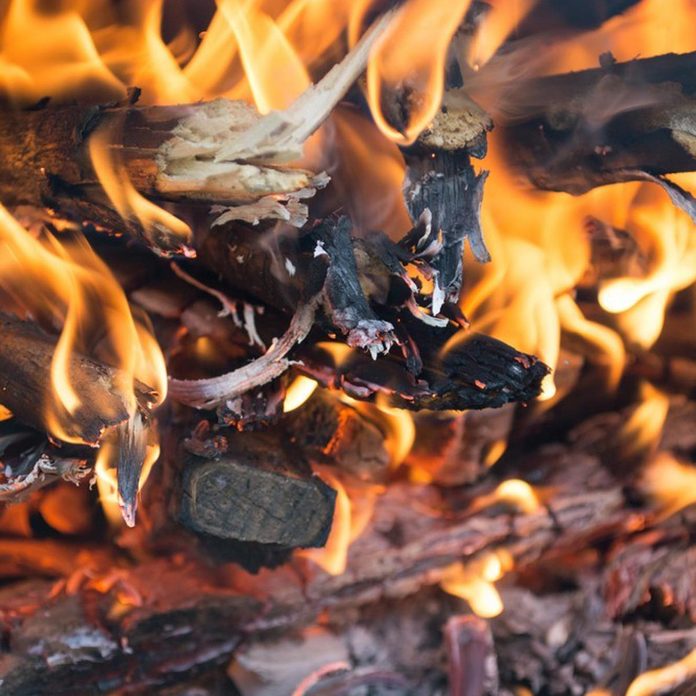
Test Function
Test your fireplace’s function by lighting a few small pieces of seasoned wood. Light the wood from the top down. If smoke doesn’t exit vertically from the fireplace into the chimney and instead enters the room, troubleshoot to correct any problems.
This is key to help you understand how to work a fireplace. Problems can include creosote buildup, debris in the chimney (such as birds or nests) or a closed or partially closed damper.
Also, if your home is tightly sealed for energy conservation, opening a window a little bit can provide the intake air needed to make the smoke go up the chimney.
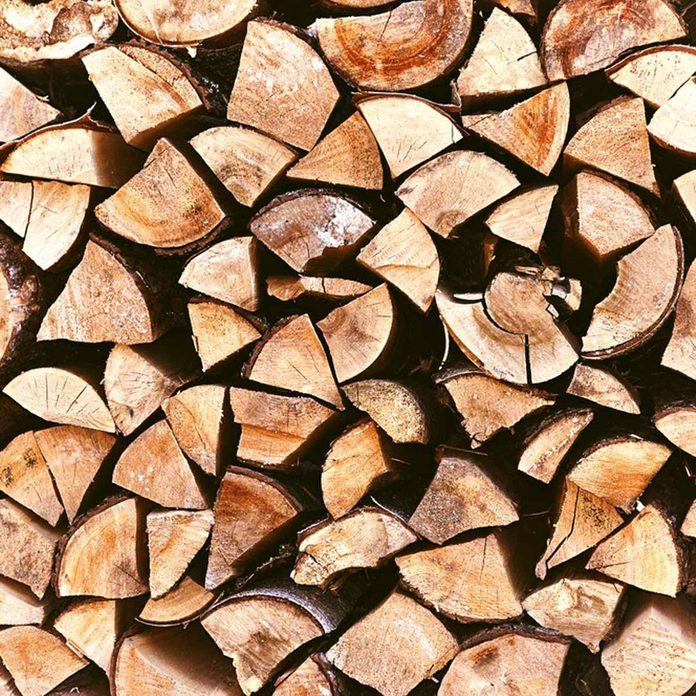
Choose the Right Wood
Choose dense wood such as oak. Wood should be split and stored in a high and dry place for at least six months. Green woods, such as pine, are not recommended for a wood burning fireplace since they can produce more creosote.

Keep the Fire Small
Small fireplace fires generate less smoke and create less creosote buildup. When building a fire, put the logs toward the rear of the wood-burning fireplace and be sure to use kindling, not flammable liquids, to start the fire. These tips are crucial in knowing how to work a fireplace.
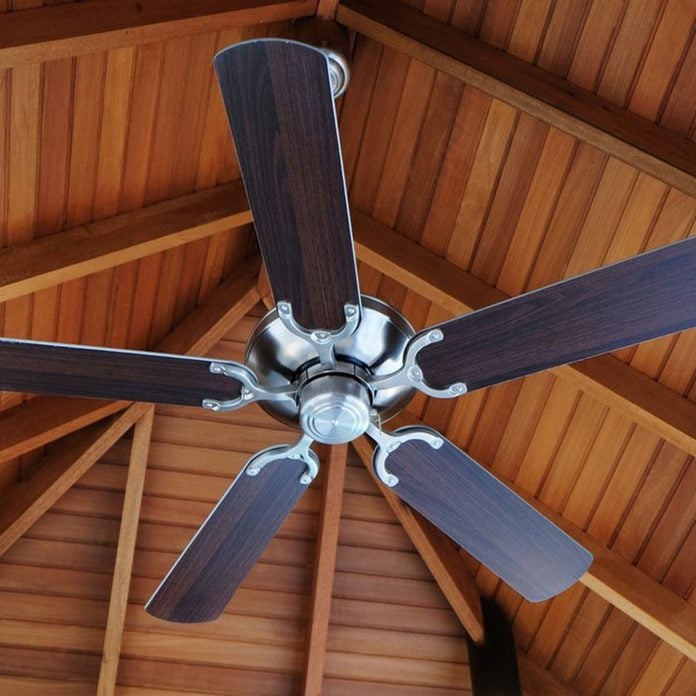
Circulate the Air
To get the most out of your fire, run ceiling fans clockwise on low speeds to redirect the warm air from the ceiling into the living space.
